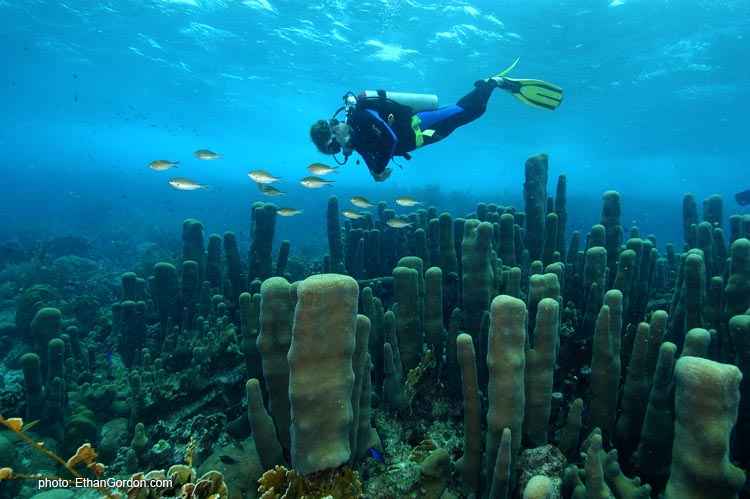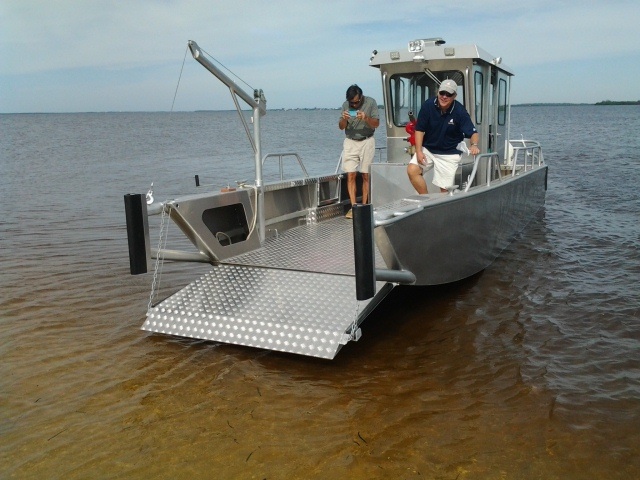
Catastrophic period for coral structures appears to be ending
Description
*Catastrophic period for coral structures appears to be ending*
*BY DAVID FLESHLER Sun Sentinel*
A worldwide wave of coral bleaching, which transformed colorful coral structures into lifeless skeletons, appears to be ending.
The National Oceanic and Atmospheric Administration announced Monday that satellite data and modeling indicated that an unprecedented three-year period of coral bleaching has stopped, after causing extensive damage to the worlds coral reefs.
In coral bleaching, corals eject the tiny bits of algae that provide them with nutrition and that create the streaks of red, green and orange that characterize these vivid undersea environments. Bleaching weakens corals, making them vulnerable to disease.
In South Florida, scientists witnessed the death of a car-sized, 300-year-old coral off the coast of Hollywood. And the bleaching appears to have killed off about 95 percent of a tall, cucumber-shaped species called pillar coral, weakening them sufficiently for disease to finish them off, said Mark Eakin, NOAA Coral Reef Watch coordinator.
“Weve had an almost complete loss of pillar coral, he said. “Theyre an absolutely gorgeous growth. It almost looks like the ruins of an old Greek building.
Coral reefs provide homes for a vast range of fish, crabs, sponges and other marine creatures. In South Florida, which has the only coral reefs in the continental United States, they are a major tourist attraction, supporting jobs in fishing, diving and snorkeling.
NOAA blamed global warming and El Ni±o  the periodic warming of the Pacific Ocean off South America  for the bleaching that began in 2014. It brought unprecedented attention to the plight of the worlds reefs, inspiring Outside magazine last year to publish an “obituary for Australias Great Barrier Reef.
But now, satellites show that corals are getting some relief from relentlessly high ocean temperatures that caused bleaching.
“After analyzing satellite and model data, NOAAs experts say coral reefs around the world may finally catch a break from high ocean temperatures that have lingered for an unprecedented three years, the longest period since the 1980s, stated a news release from NOAA.
In past decades, El Ni±o has been blamed for coral bleaching events. But Eakin said climate change had raised ocean temperatures to the point that it took just a small push from an El Nino to tip the world into another wave of bleaching.
Brian Walker, research scientist at Nova Southeastern University, said the diseases harming South Floridas corals have not subsided.
“Presumably a cooler summer might help the corals fight off the disease better, but it has been lethal so far even into the cooler months, he said.
There was some good news, he said. Rare stag-horn corals, which established surprising dense patches off Fort Lauderdale in recent years, have been unaffected by the bleaching, he said.
The prospects for the future are uncertain. NOAA says another bleaching event may start this summer for U.S. reefs.
“Despite what appears to be the end of the third global event, some U.S. coral reefs are still not completely in the clear, NOAA said. “NOAAs four-month coral bleaching outlook shows some risk to coral reefs in Hawaii, Florida and the Caribbean later this summer.
Compounding the problem for South Floridas reefs, which stretch from the Florida Keys through Martin County, are the variety of stresses that come from living next a vast urban area, with coastal construction, dredging and the runoff of fertilizers and pesticides into the ocean.
Map
More from Boat Listings
You may also like...
Popular Boat Brands
- Albin
- Azimut
- Bayliner
- Beneteau
- Bertram
- Boston Whaler
- C&C
- Cape Dory
- Carver
- Catalina
- Cheoy Lee
- Chris Craft
- Contender
- Formula
- Grady-White
- Grand Banks
- Gulfstar
- Hatteras
- Hinckley
- Hunter
- J/Boats
- Jeanneau
- Lagoon
- Luhrs
- Mainship
- Morgan
- Nordhavn
- Ocean Alexander
- Pearson
- Pursuit
- Regal
- Sabre
- Sea Ray
- Silverton
- Sunseeker
- Tartan
- Tiara
- Viking
- Wellcraft
BoatNation.com is a member of the following associations:
- International Marine Association ®
- Marine Industries Association of South FL
- International Yacht Brokers Association




























